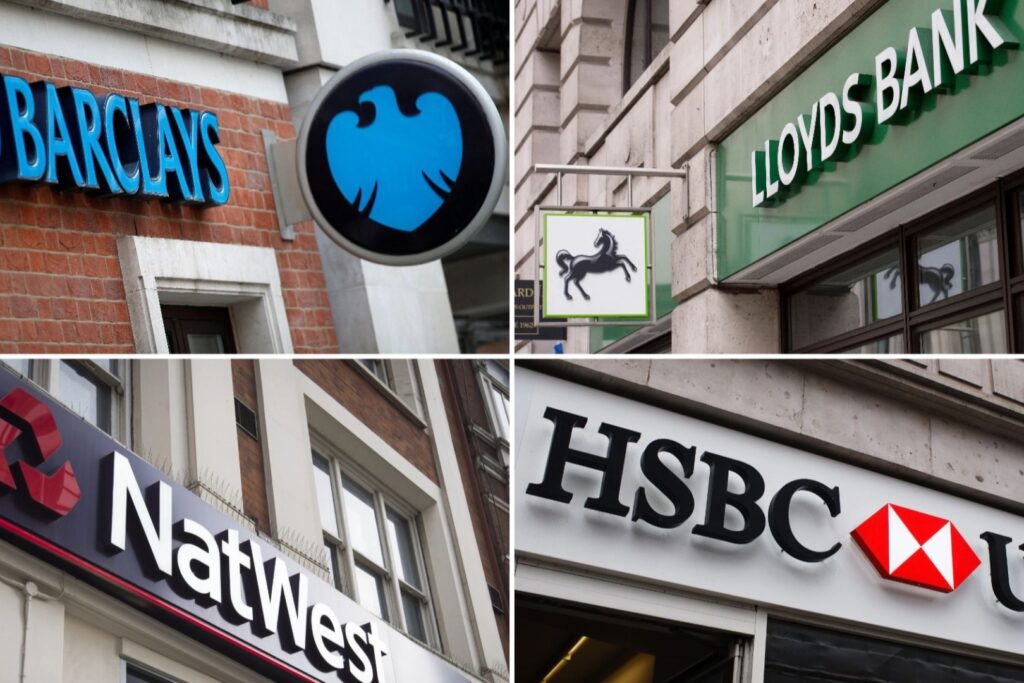We’re just going through the British bank reporting season and everyone’s profits are up. So, therefore British banks must be a good buy, right? Quite possibly, yes, but it’s important to understand that there’s a temporary feature to a part of this profits rise. The interest rate margin only keeps increasing if interest rates keep rising.
NatWest, for example, did the best it has since 2007. That’s great. The crucial point is what Nat West calls NIM (net interest margin). That increased 21 basis points to 3.20%. Banks live off their NIM, it’s the difference between what they can charge on their loans minus what they’ve got to pay depositors. That’s what pays for all the buildings, bankers, and loan losses from those who go bust.

Low Interest Rates Are Bad for Banks
The thing is, when interest rates are on the floor – as they have been for 15 years – those margins get woefully compressed. Because no one is willing to deposit at negative interest rates, obviously, but the amount that can be charged is low. As interest rates rise there’s that decompression and gross income at a bank rises. Exactly what is happening.
However, this is not a static occurrence. We do not get wider margins that then stick as being wide. For then comes the way that the population wakes up and starts looking around for yield. Starts to move money around searching for better deposit interest rates. At which point the banks are back to competing among themselves for deposits, deposit rates thus rise. These gross interest margins of over 3% are unlikely to last that is.
Static Interest Rates Aren’t All That Good for Banks
Well, maybe. Competition will drive up deposit rates at some speed. But if interest rates rise again then lending rates will still widen out above that deposit rate. If interest rates stay static however then the interest margin will start to compress again. It’ll not get back to the very low rates of the past 15 years, but the current wide margins might well narrow.
We’ve seen the same story with the Lloyds results, the HSBC ones. Net interest margins are up, therefore, so are profits. Which is great, obviously. But the determinant of a share price isn’t the most recent performance, it’s the performance of the business in the future. After all, share prices are the net present value of all future income discounted at the appropriate interest rate. So, sure, recent performance is a nice guide. But what we want to know is that future for that determines the current price.
So, What Is the Future For Banks?
It’s also obviously true that we don’t know the future, so we have to sidle up to it by thinking. Which leads us to this point about interest rate rises. As long as they continue to rise then margins and profits will increase. But, at some point, rising interest rates will push the economy as a whole into recession. That will increase losses from defaulted loans. Which, obviously, hits bank profits.
So, we all have to hope that the Bank of England raises interest rates enough – to kill the inflation – but not too much – to cause a recession. This is a trick which not every central bank has always managed – to put it mildly. But this then exposes us to a double risk.
Banks benefit from rising interest rates, not so much raised interest rates. So, if the BoE manages to call the top of what is necessary in monetary tightening, we can expect the banks’ margins to narrow a bit as deposit rates catch up with lending ones. Or, if the BoE doesn’t get it right, we’ll have rising loan losses. That is, we cannot simply assume that this happy circumstance of rising gross and net margins is going to continue.
British Banks Are Not a Homogeneous Sector
There’s one more added spice to the British banks as a sector. Lloyds is now near purely a domestic and in sterling bank. So, what matters is British – and sterling – monetary policy. NatWest isn’t too dissimilar. HSBC has that large overseas business and so the state of the dollar economy matters as much if not more. Finally, Barclays has that very large investment and capital markets arm. This is a sector which dances to an entirely different tune and has a completely different business cycle. The Barclays domestic business will be subject to the same strictures, of course, but it’s a very much small part of that whole.

So, as well has needing to think about where we are in the cycle, we’ve also got to acknowledge that the different banks will react differently to that British and domestic business cycle.